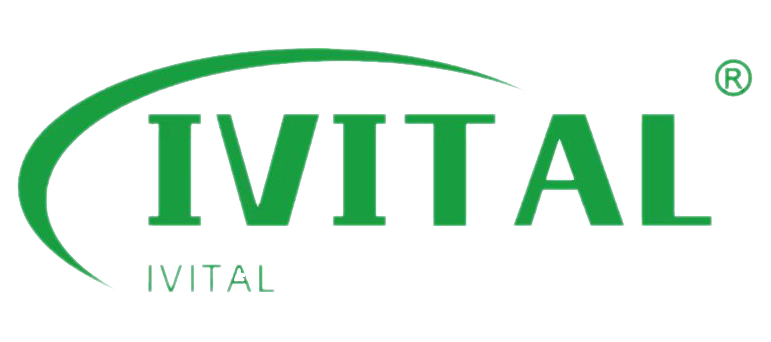Warehouse managers and logistics coordinators know that time is money. To streamline material handling, reduce manual labor, and optimize space, electric chain hoists with trolleys provide a solution that can elevate efficiency. But how exactly do they work, and why should you consider integrating them into your operations?
Electric chain hoists with trolleys are essential for improving warehouse efficiency. The hoist lifts heavy loads, while the trolley moves the hoist horizontally across the warehouse. Together, they reduce manual labor, speed up material handling, and maximize space by enabling smooth, precise movements in tight areas. With faster lift cycles and reduced downtime, these systems play a key role in boosting productivity in busy warehouse environments.
Now that you understand how electric chain hoists and trolleys work together, let’s dive deeper into their specific benefits and address common questions warehouse managers have when considering them for their operations.
What is the difference between a hoist and a trolley?
A hoist and a trolley work hand-in-hand, but each serves a distinct function. The hoist is responsible for lifting the load, while the trolley moves the hoist horizontally across the warehouse. Trolleys help position the hoist above the load for precise lifting, making the process more efficient. Without a trolley, the hoist would be stationary, limiting its versatility.
Trolleys are used in environments where movement is required along bridge girders, monorails, or even overhead cranes. Together, the hoist and trolley form an integrated system that significantly improves material handling processes in warehouses.
What are the three types of chain hoists?
In most industrial or warehouse settings, there are three main types of chain hoists used: manual, electric, and pneumatic.
- Manual hoists require physical effort to operate and are generally used for lighter loads or environments where power is unavailable.
- Electric chain hoists, which we’re focusing on in this article, are powered by electricity and can handle heavier loads. They provide faster, more reliable performance, especially when paired with a motorized trolley.
- Pneumatic hoists are powered by compressed air and are often used in environments where electrical equipment might be hazardous, such as in explosive or wet conditions.
For warehouse operations, electric chain hoists are typically the best option due to their speed, ease of use, and load handling capacity.
How does an electric chain hoist work?
An electric chain hoist is mounted above the load it will lift, often on a sturdy frame or track. A hook attached to the end of a load chain secures the object to be lifted. When the operator activates the hoist motor, the chain is wound around a drum or sprocket to lift the load.
The electric chain hoist operates by converting electrical power into mechanical energy to drive the motor, which lifts the load via a chain. The motorized trolley moves the hoist horizontally across a rail or bridge girder to position it above the object to be lifted.
What are the disadvantages of chain hoists?
While electric chain hoists offer excellent efficiency and speed, they do come with some drawbacks. One major disadvantage is that they require a power source—meaning if there’s an electrical failure, the system won’t operate. Additionally, while manual chain hoists are more affordable, they lack the speed and ease of use offered by electric versions.
For heavy-duty operations, maintenance can also be a concern, as wear and tear on the motor or chain can affect performance over time. Despite these challenges, electric chain hoists remain the most effective choice for fast and efficient material handling in warehouses.
What are the benefits of using trolley hoist systems in warehouses?
Trolley hoist systems combine the lifting power of electric chain hoists with the flexibility of horizontal movement, making them ideal for warehouse operations. Here are some key benefits:
- Precise load positioning: Trolleys allow the hoist to be moved exactly where it’s needed, whether it’s placing an item on a shelf or moving a load to a different part of the warehouse.
- Space optimization: Trolleys enable hoists to travel along narrow aisles or overhead beams, maximizing warehouse space and keeping operations smooth and efficient.
- Increased safety: With motorized trolleys, operators don’t need to manually move heavy loads, reducing the risk of injury and fatigue.
Overall, trolley hoist systems contribute to more efficient material handling, reducing downtime and boosting productivity in high-demand environments.
How do electric chain hoists increase warehouse productivity?
Electric hoists improve warehouse productivity by speeding up the lifting and moving of materials. The time it takes to complete a lifting cycle is drastically reduced, allowing for faster handling and decreased downtime between tasks.
Additionally, the motorized trolley allows for precise placement of materials, reducing the likelihood of errors and making it easier to optimize warehouse space. With fewer manual labor requirements, your team can focus on more strategic tasks, ultimately increasing the overall productivity of the operation.
Which electric hoist is best for warehouse material lifting?
The best electric hoist for warehouse material lifting depends on your specific needs, such as load weight, available space, and required lifting height. Generally, 1-ton and 2-ton electric chain hoists with motorized trolleys are excellent choices for warehouses, as they provide sufficient lifting capacity while remaining highly maneuverable.
Some hoists also offer additional features, such as variable speeds, to allow for more precise control over the load. It’s important to choose a hoist system that matches your operational requirements to maximize efficiency and minimize downtime.
Summary
Electric chain hoists with trolleys are a game-changer for warehouse operations, boosting efficiency, reducing manual labor, and optimizing space. If you’re ready to improve productivity, consider integrating this advanced lifting system into your workflow. Have questions or need advice on choosing the right system? Let’s discuss!



